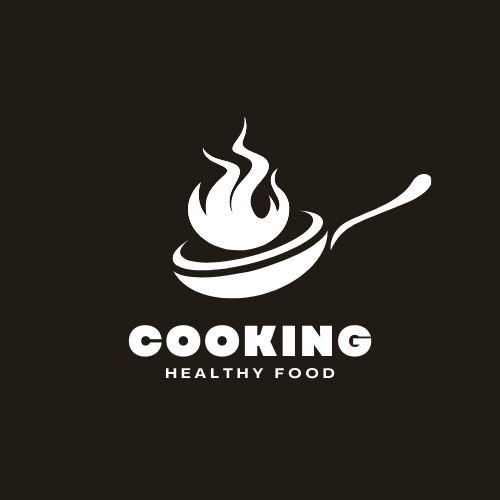However, large food companies are generally opposed to these kinds of labels. Still, a few countries, particularly in Latin America, have started to mandate or promote such labeling, and early results suggest it’s already improving people’s eating habits.

About 60% of the American diet consists of processed foods, which are linked to higher risks of diabetes, heart disease, and some cancers. The government should update food labels with health warnings, similar to other countries. In the past, the U.S. led the way in food labeling. In the 1960s, Congress mandated ingredient lists on food products, and later expanded to include nutrition facts like calories, protein, and fat. In 1990, the Nutrition Labeling and Education Act standardized claims on packaging but allowed food producers to make simplified health claims, like calling oats “heart-healthy.”
Countries such as Chile, Mexico, and Brazil have modernized food labels, and research shows these labels help consumers make healthier choices. Chile introduced regulations in 2016, including warning labels and restrictions on unhealthy food advertising, which led to a 25% decrease in the consumption of sugary and salty drinks. In Uruguay, a 2020 survey revealed that 58% of shoppers changed their purchase decisions based on warning labels.



